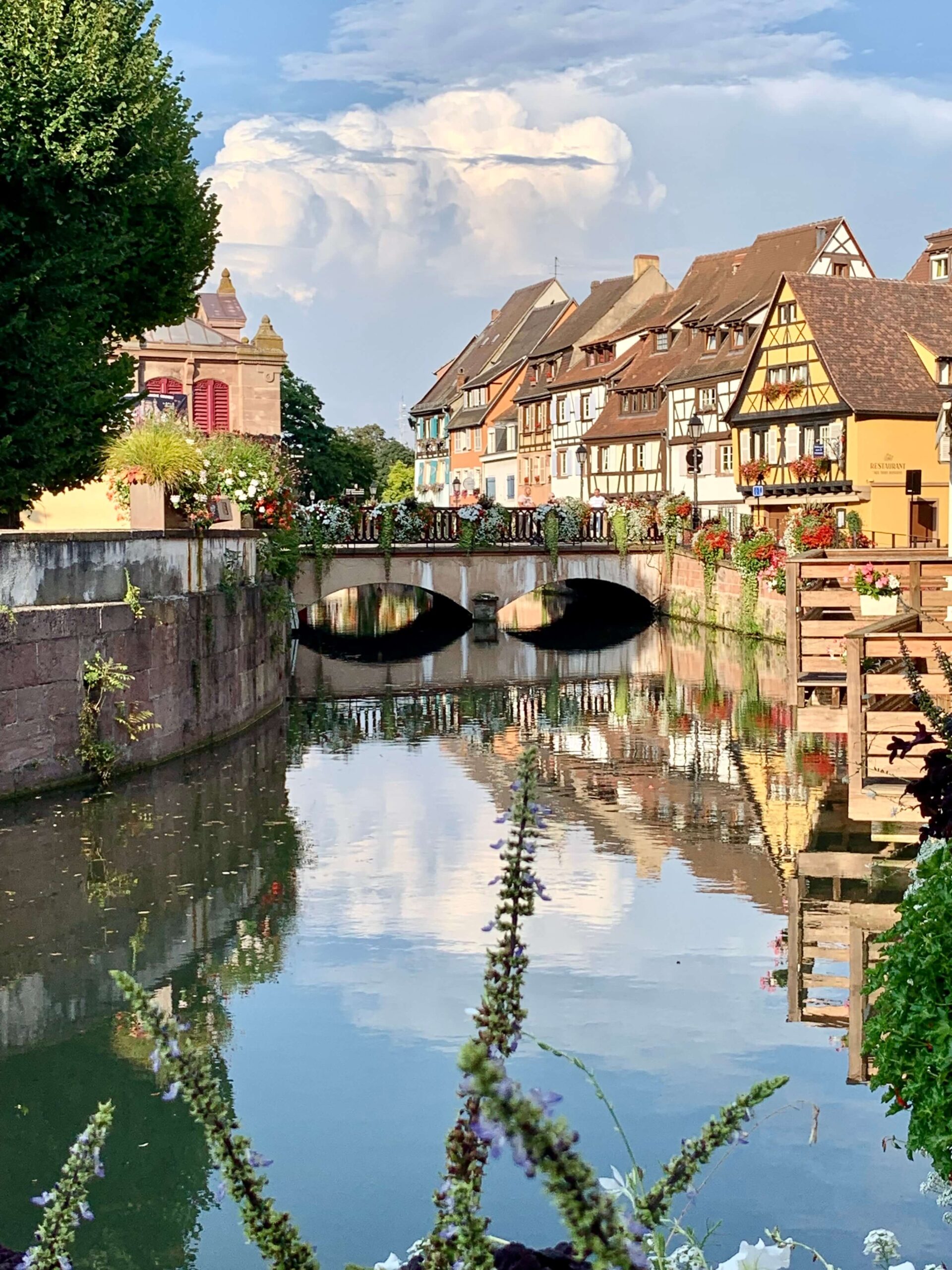In architecture and spatial design, ‘atmosphere’ is indicated to the physical perception recognised through emotional sensibility. Not every space has the power to implant lasting effects on the observer’s wits. But all built spaces, every structure certainly prompts some or the other insight within us. According to the Kaplan’s theory, while setting foot into any space or environment, our memory acts as a primary device, to help us make ‘sense’ of the environment. High degree of familiarity and preference erupts the sense of comfort and home-likeness increases. With a low degree of familiarity and low preference, the area seems agitating. In places where we spend little time of the day, these complexities can elevate positive vibes, can move us. Beginning this Monday, Shristi, will be writing a fortnightly column, on architecture and design, exclusively for Different Truths.
In the jumble of deciding materials, surfaces, lighting, etc. and in fulfilling a pond full of requirements, while designing of a space, we fail to hit out an important aspect of experiencing that particular design, the emotion. When any individual signs up into a space, they spontaneously couple to the built form around. We, the designers are responsible to trigger their positives.
In architecture and spatial design, ‘atmosphere’ is indicated to the physical perception recognised through emotional sensibility. Not every space has the power to implant lasting effects on the observer’s wits. But all built spaces, every structure certainly prompts some or the other insight within us.
If one sits and absorbs, every little thing around can move us. The colour, the texture, the sound, the neighborhood, the forms, every other element has their self dominion. And here, mood is the carrier. Red is an angry colour to some and a romantic colour to some. But emotional design is not confined to picking colours.
The ‘belonging level’ of different spaces is meant to be different. Where the user (client) is not involved in the designing process, the space created will only be a reflection of the designer. Hence, the sense of belonging automatically abates. It is very substantial on the side of the user to himself take part in decision making to make sure they own the design. Otherwise, it would feel like living in a personal hotel suite for the rest of the life.
Every space is denoted with its own function where distinct activities are to be carried. On that account, each space should bear its specific trait which strikes the senses. For instance, a library should not impel boredom or sleep. A bedroom should be comfortable for the user to feel safe and relaxed. An office area and work space can abundantly have huge fenestration, which induce natural light as well as hint cheer in the workers.
According to the Kaplan’s theory, while setting foot into any space or environment, our memory acts as a primary device, to help us make ‘sense’ of the environment. High degree of familiarity and preference erupts the sense of comfort and home-likeness increases. With a low degree of familiarity and low preference, the area seems agitating. But a low degree of familiarity and a high preference value outputs exciting and stimulating behavior. Not always, but in places where we spend a little time of the day, these complexities can elevate positive vibes or as mentioned earlier, can move us.
When a designer is said to design a bedroom, he /she uses his knowledge and memory of previous bedrooms to form concepts for the new bedroom to be made. This memory experience moulds itself into new concepts. That memory is only created due to the previous emotional interactions made by the designer with a space. It is like Sherlock’s “Mind Palace” – where all the past experiences and incidents are stored.
In today’s milieu, architecture is capitulated to maintenance-free, strong, and customary formulae. The fight for the unusual and the curiosity of the exceptional is infrequent. It is not always that only huge-scaled buildings and uncommon elements should catch our spirits but every piece of architecture, like art, should carry its virtue to enkindle the attachment. For example, if the tricks to prompt the perfect emotions can be mastered, it would be highly considerate in refining the grade of healthcare buildings and retreats where sentiments are linked to the built forms.
“Architecture is shaped by human emotions and desires, and then becomes a setting for further  emotions and desires. It goes from the animate and inanimate and back again. For this reason, it is always incomplete or rather is only completed by the lives in and around it. It is background,” says Rowan Moore, in Why We Build. This quote clearly indicated that the built form is a result of human emotions and in turn is a stimulus for these emotions too. This makes architecture a dais for exhibiting as well as building the temperaments.
emotions and desires. It goes from the animate and inanimate and back again. For this reason, it is always incomplete or rather is only completed by the lives in and around it. It is background,” says Rowan Moore, in Why We Build. This quote clearly indicated that the built form is a result of human emotions and in turn is a stimulus for these emotions too. This makes architecture a dais for exhibiting as well as building the temperaments.
In a built space, how a person feels is also associated with the noises or sound that the field makes. Materials, texture, and curves lead to absorption, reflection and refraction of sound waves in and around the space. Which sound to transmit, which to pass and which to absorb can be precisely modified in order to achieve the desired loneliness or noisiness. The materials, colour and texture also affect the feel of temperature. Temperature is the characteristic, which is seasonal and its load changes differently at different locations. But thermal mass and other passive techniques can substantially regulate the desired level of comfort.
To emotionally connect to a structure, either exterior or interior, visual communication plays the lead. Designing with the connection to the natural backdrop, creating open spaces within structures, controlling light levels, providing privacy wherever required, etc. are some darts which can directly, and indirectly set the downright mood of the users.
Böhme concluded after his study about atmospheres, “Architecture is not about bodies but about space – space as you feel it.”
As architects and designers, can we alter the feelings of the people? Can we induce cheer, positivity and stability by what we build around? Yes, we can. It should be on our priority list, to create spaces which can heal people mentally and psychologically. The better the quality of architecture we create, the more rewarding is the satisfaction.
©Shristi Nangalia
Photos from the Internet.








